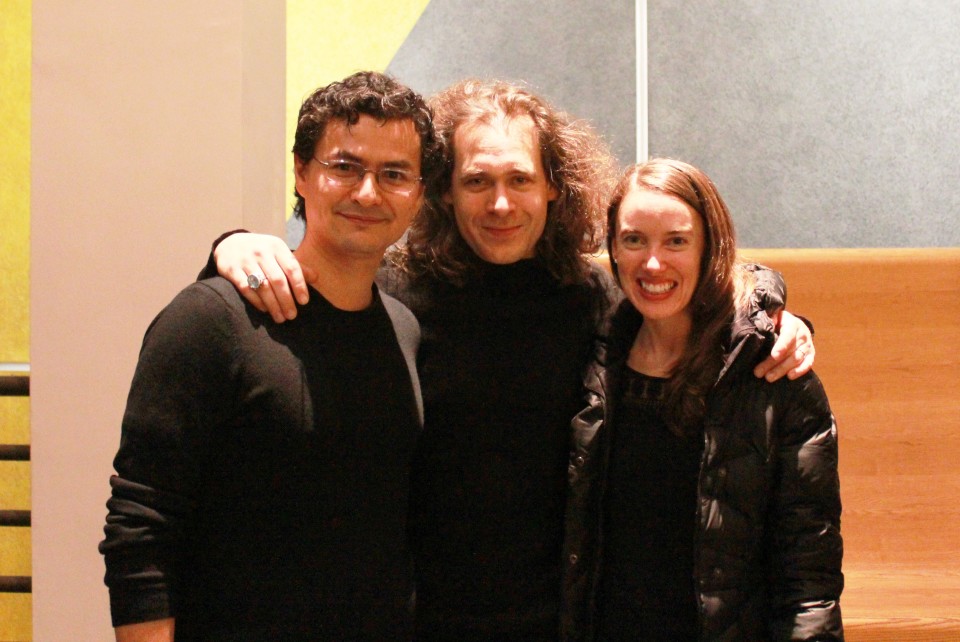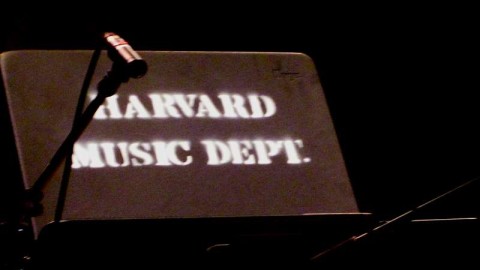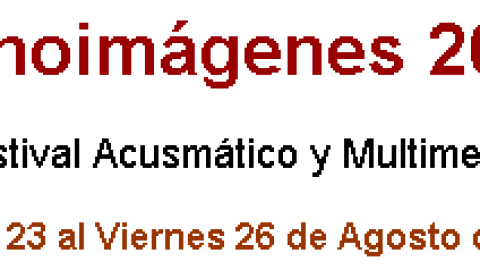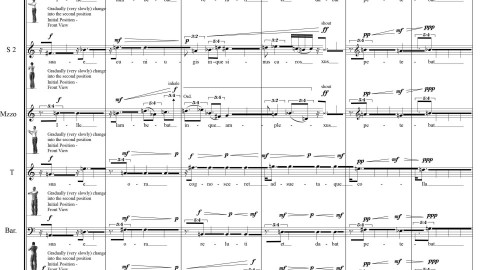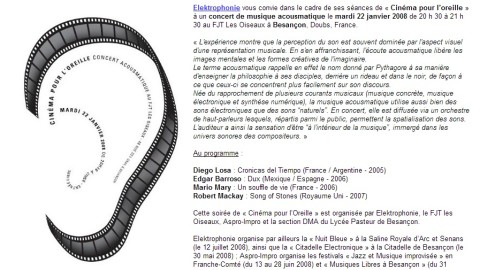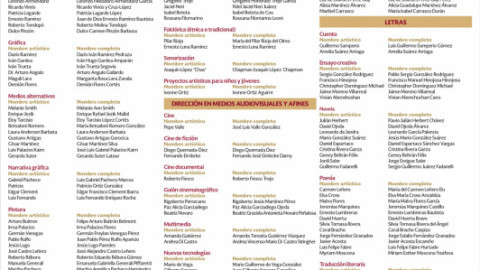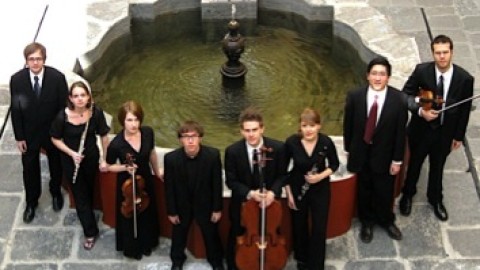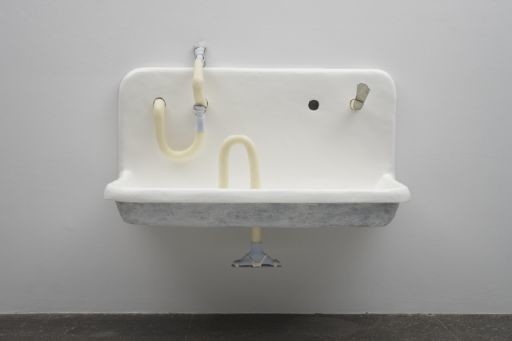
An-Inward-Flow-Live at the Sackler Museum – Harvard University by edgarbarroso_2
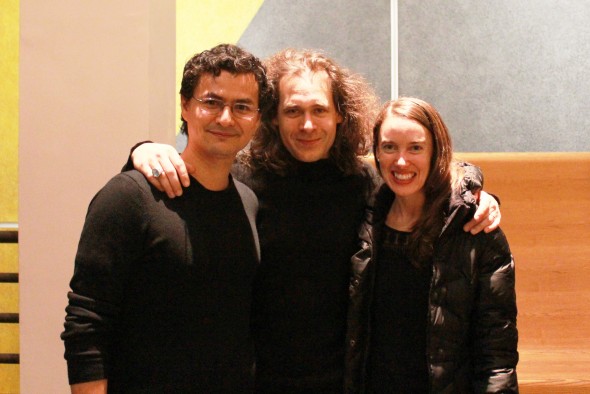
Performed by:
Jennifer Ashe – Soprano
Philipp Stäudlin – Saxophone
Edgar Barroso – Live Electronics – Composition
“An inward flow†is a piece inspired by “Untitled†by Robert Gober. The piece immediately caught my imagination as an object that is actively hiding a deep secret. It seems to me that the object somehow swallowed the little girl(s), they are sisters. Nonetheless, the intention of the sink is not to hurt the little girl(s), but to confine them into a space to resolve some issues between them, only then can they come out of it. In this piece, the “trapped†character(s) are played by a mezzosoprano. The sink on the other hand is represented by the saxophone and the resonant environment in which this objects are interacting is mainly assigned to the live electronics part. A fragmented/dislocated dialog between these sisters begin, the girl(s) “trapped†in the sink are forced to find a way out by resolving some issues between “themâ€. Presumably egoistic problems. In the process, they find a huge conflict in communication and pretty much start a very hostile and hurtful dialogue. Could they stop being so full of themselves and free themselves from the sink?
“An Inward Flow” es una pieza inspirada en la obra plástica “Sin tÃtulo”, de Robert Gober. La pieza inmediatamente llamó mi atención como un objeto que esconde activamente un secreto muy profundo. Parece que la obra de Gober de alguna manera se tragó a una o dos niñas, que en mi interpretación son hermanas. Sin embargo, la intención del objeto no es hacer daño a las niñas, sino confinarlas en un espacio para resolver algunos problemas entre ellas, una vez resueltas sus diferencias entonces podrán salir del gigante lavabo. En esta pieza, el espacio y el lavabo es interpretado por el saxofón. El ambiente resonante en el que estos objetos están interactuando está destinada principalmente a la parte de electrónica en vivo.
Un diálogo fragmentado / dislocado entre estas hermanas “atrapados” en el lavabo se ven obligadas a encontrar una salida mediante la resolución de sus problemas entre “ellas”. Es de suponer que los problemas son egoÃstas. La obra evoluciona como la búsqueda de una mejor comunicación y el inicio de un diálogo muy hostil e hiriente que se convierte en una reconciliación. La pregunta es:¿Podrán dejar de ser tan llenas de sà mismas y liberarse del lavabo? La madre aparece esporádicamente en la obra como una especie de “mediadora”.
